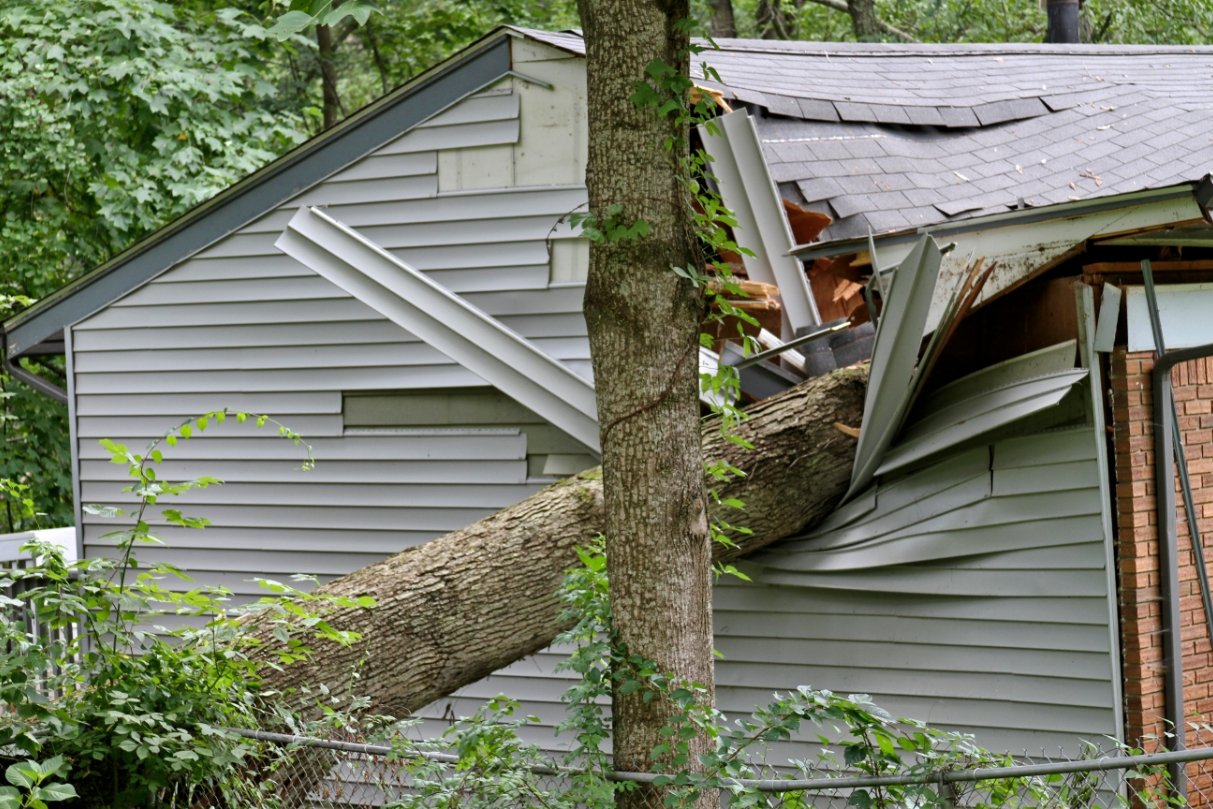Quick Tips for Watering This Spring
To water or not to water?
This is a question we get all the time from homeowners.
The short answer is, there’s no hard and fast rule on when and how to water— especially when it comes to trees. The amount of water a tree needs depends on many factors, including the age and species of the tree, the time of year, weather and soil type. As a rule, newly planted and young trees require more frequent watering than older, well-established trees.
The amount and frequency of watering is always important for plant health, but especially during the warmer months. Here are a few tips to make sure your trees and plants thrive this season and beyond.
Water early or late in the day.
If possible, avoid watering during the hottest part of the day—from 10 a.m. – 6 p.m. so the roots have the chance to absorb most of the water.
Go deep.
Soil absorbs and holds water, and what you apply will only sink down so far before it’s all taken by the soil. The roots of trees and shrubs are virtually all in the top 200-300mm of soil, where smaller plants, like flowers, may all be in the top 100-150mm. That doesn’t sound very deep, but it takes a lot of water to wet that volume of soil.
Check soil moisture.
The easiest way to check soil moisture is to take a long (8"-plus) screwdriver and poke it into the soil. It will pass easily into moist soil but be difficult to push into dry soil. If you can't poke it in at least 6," it's probably time to water.
Pull weeds.
Weeds can steal water away from your plants and trees so make sure you’re removing them about once a week.
Use fertilizer sparingly.
While fertilizers do promote plant growth, they also increase water consumption. Be diligent about when you’re watering and apply the minimum amount of fertilizer needed.
Apply mulch.
Mulch is a highly effective way to keep your soil from drying out quickly, especially when it’s hot outside. Applying mulch 2-4 inches deep will help conserve moisture and regulate soil temperature.
If you’re not sure how much or little to water your plants, a good rule of thumb is to take cues from nature. Curled, wilted or yellowed leaves are all signs of underwatering, while things like mold, withering new growth and water collecting at the base of your tree are signs of overwatering.











